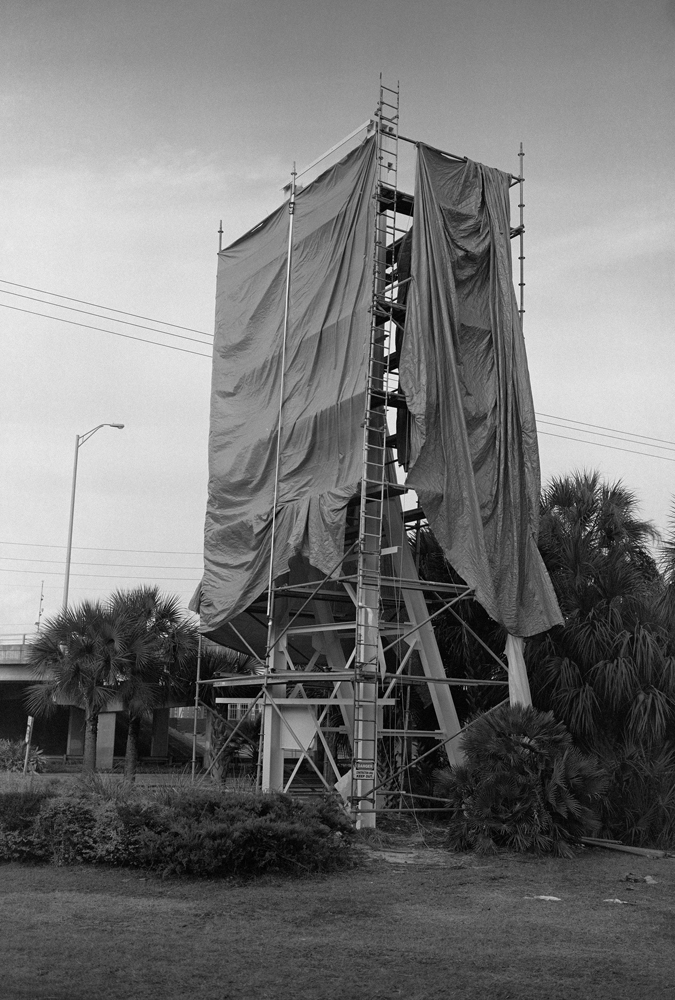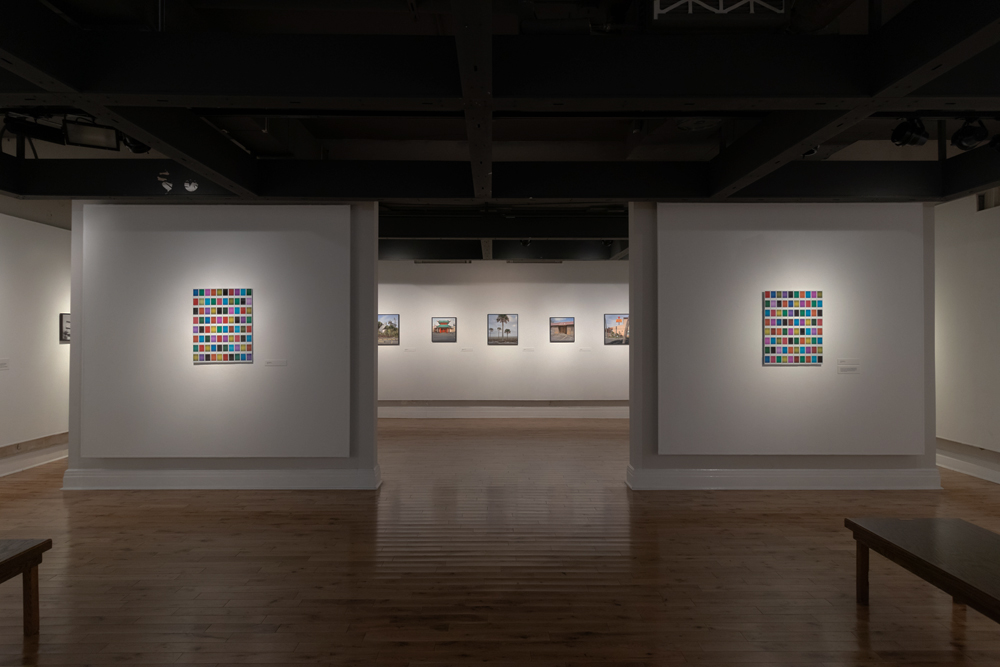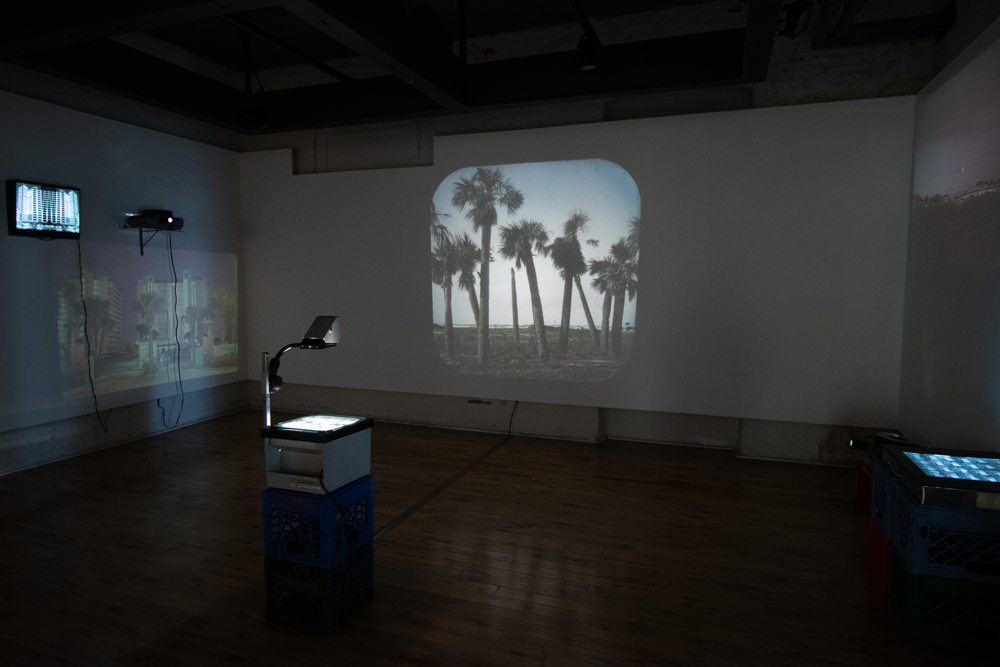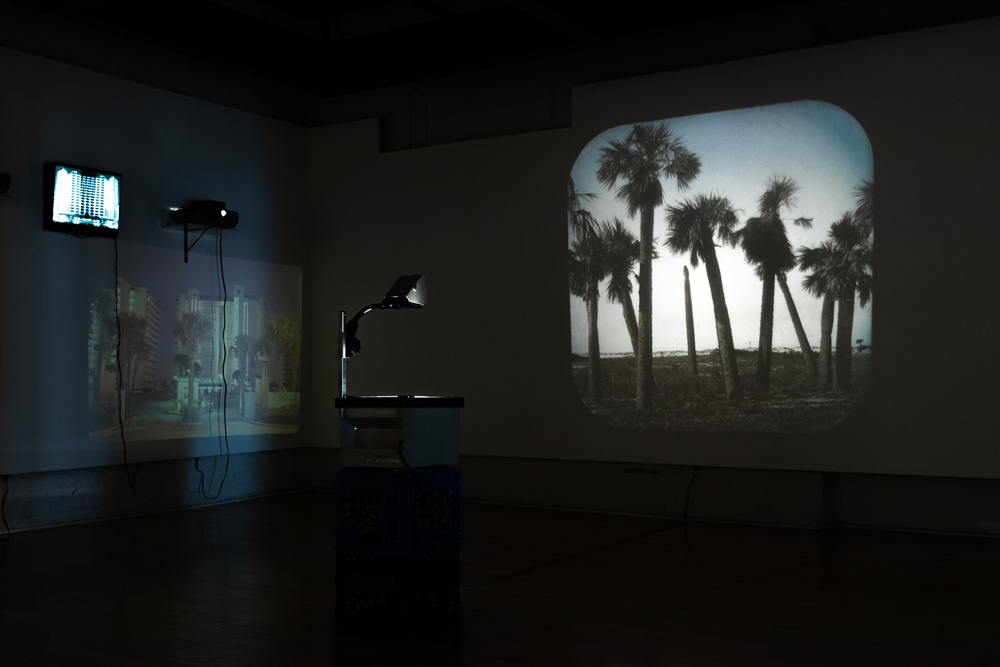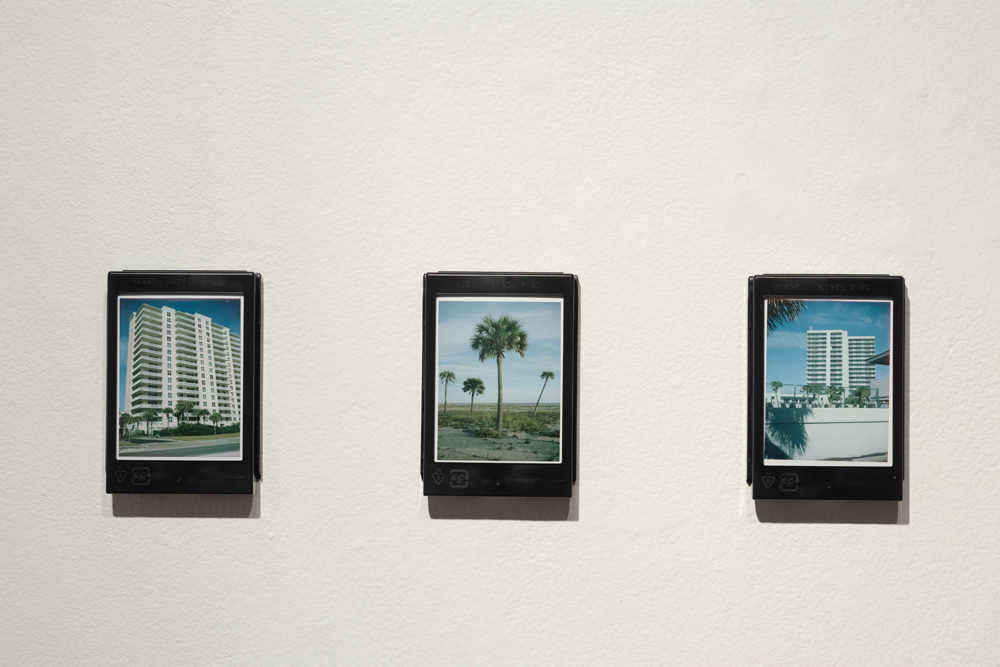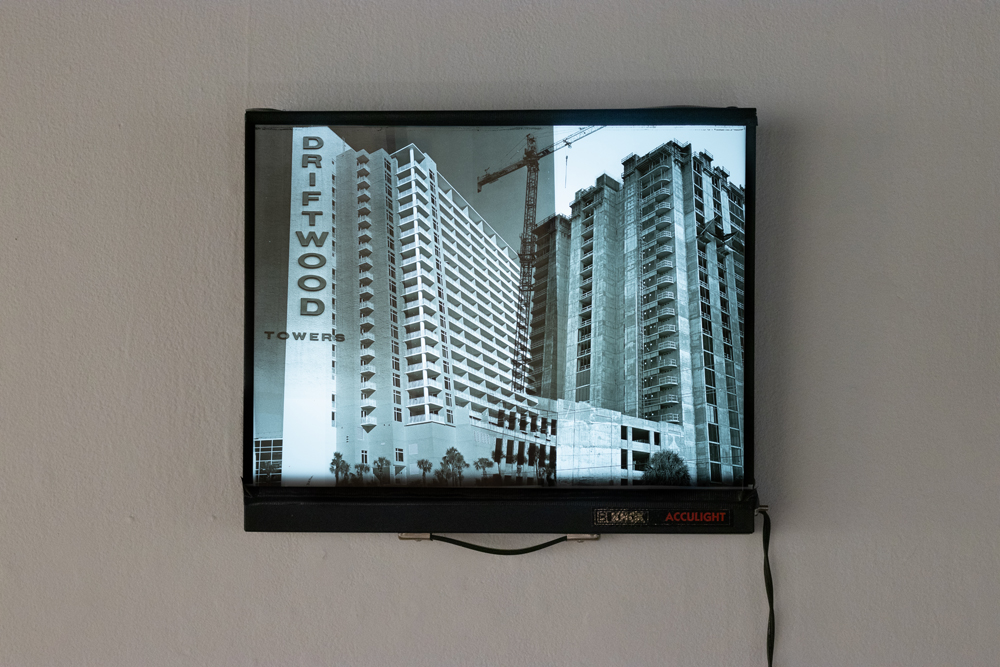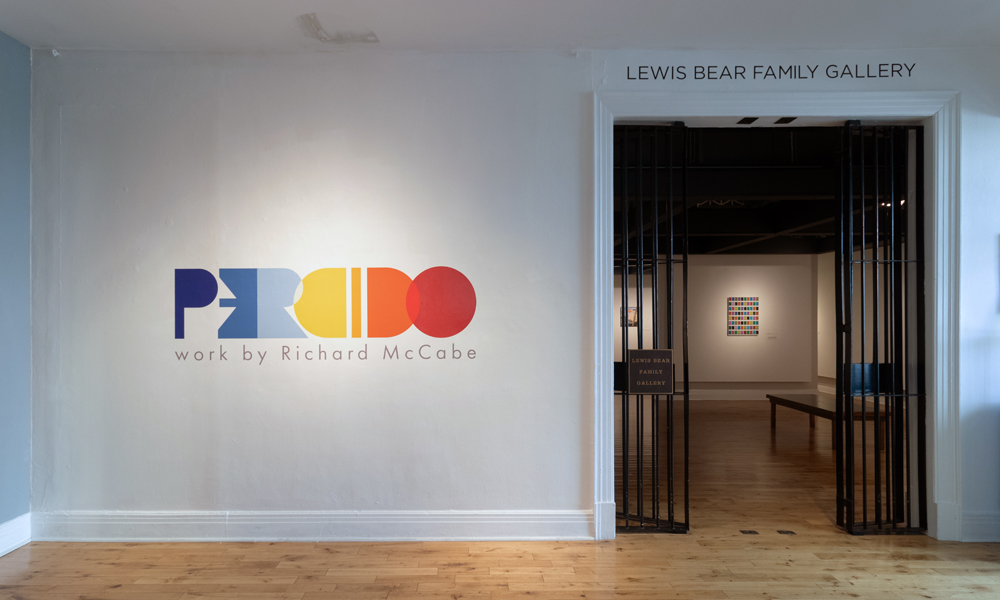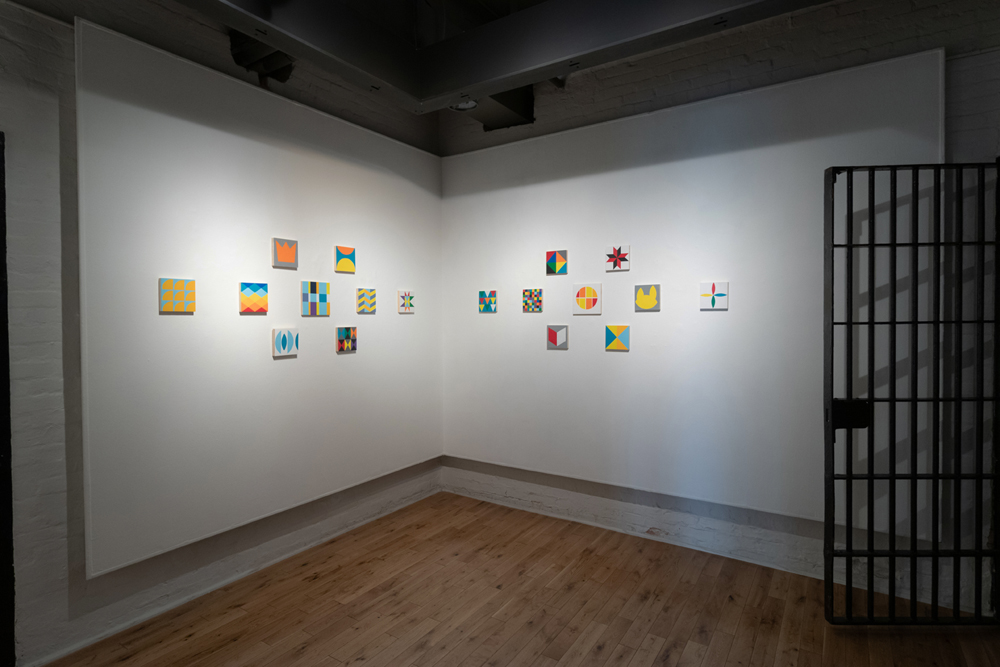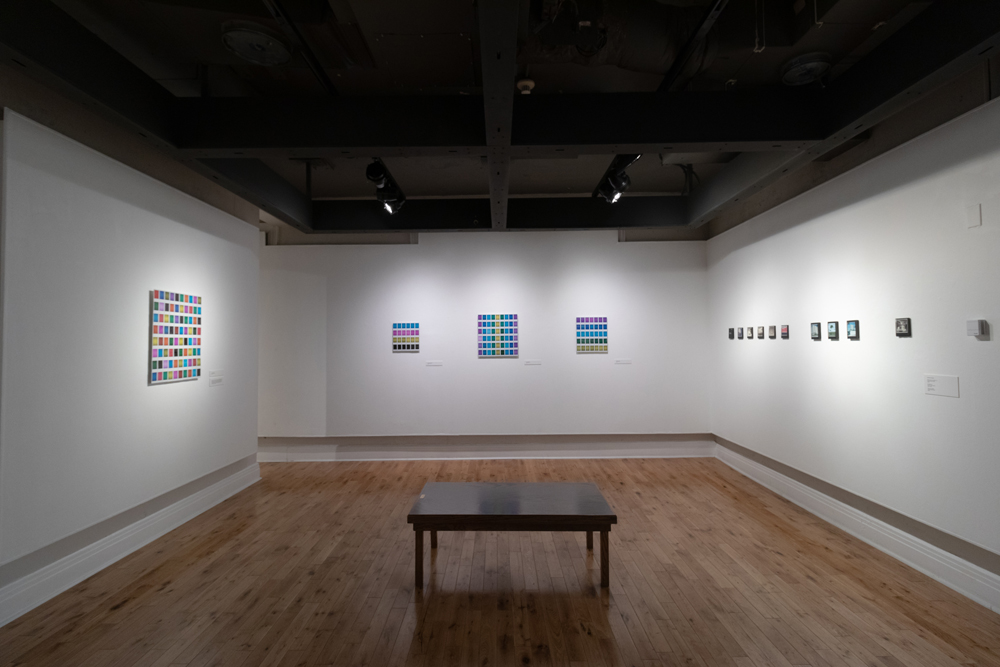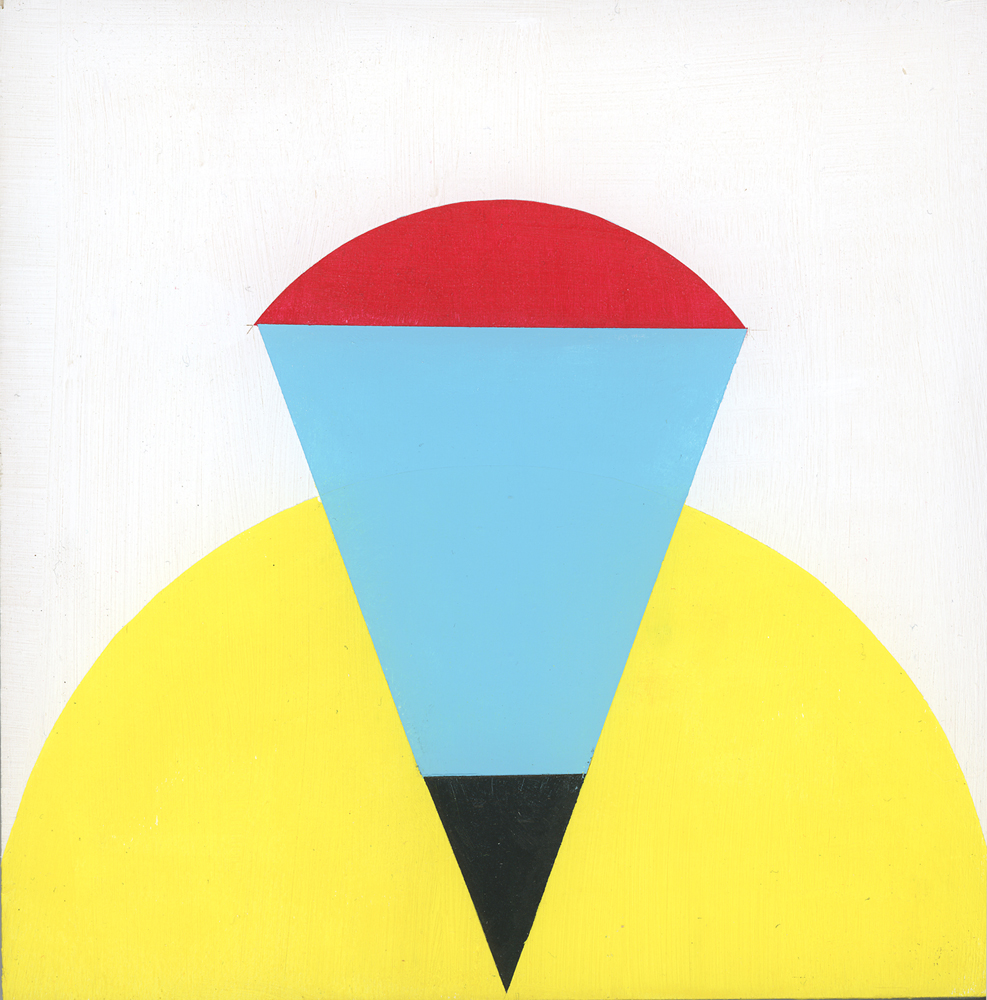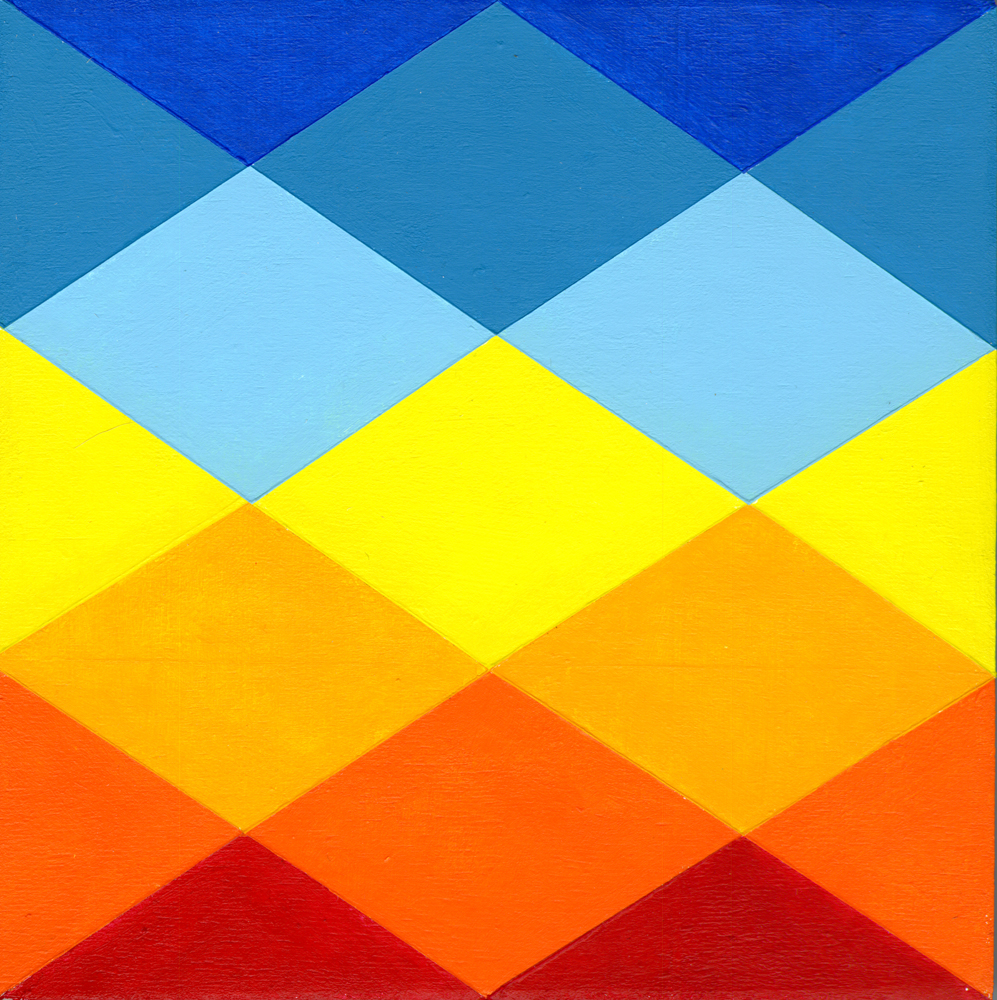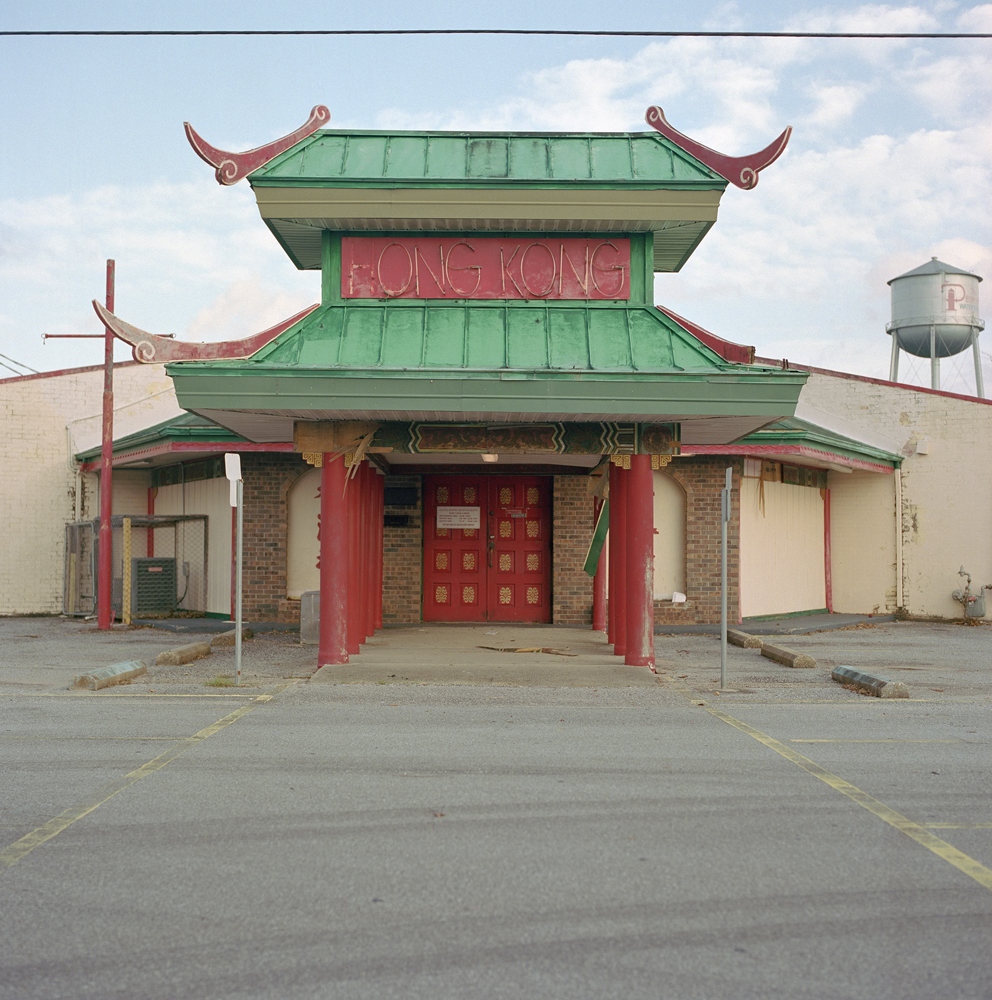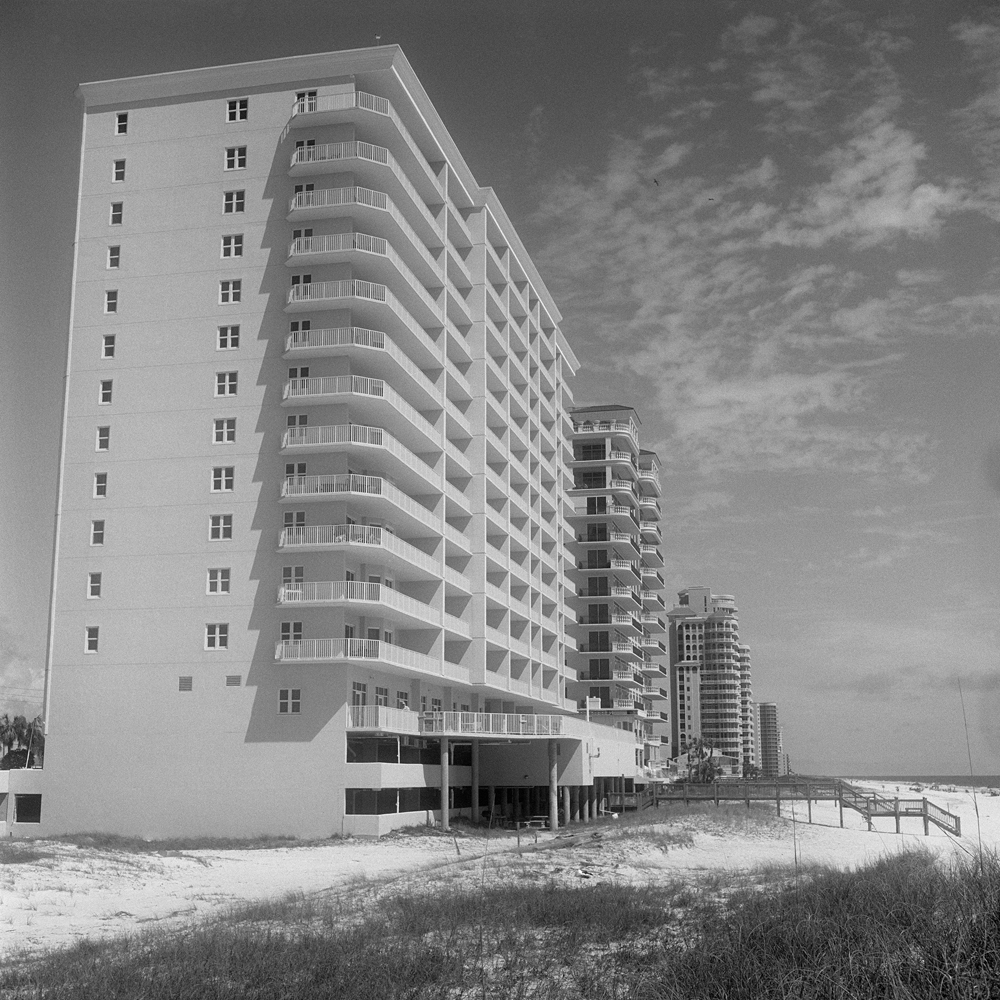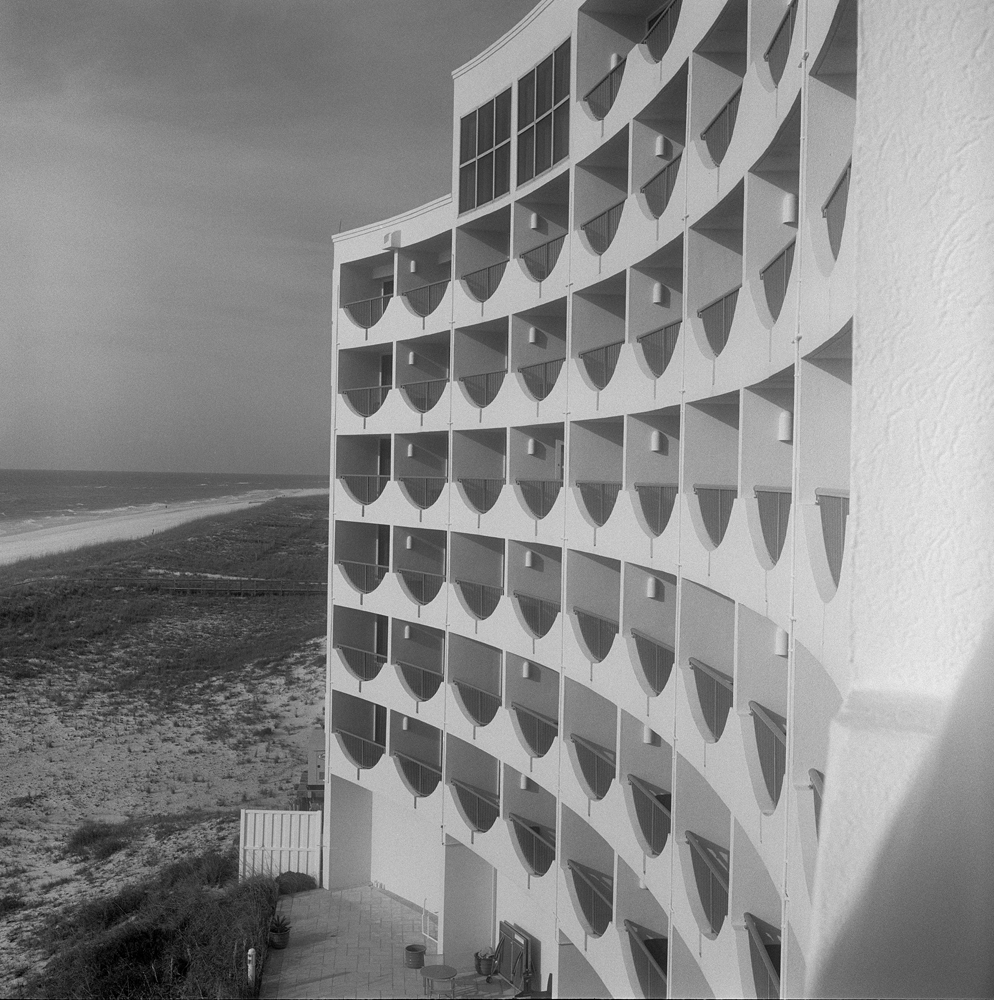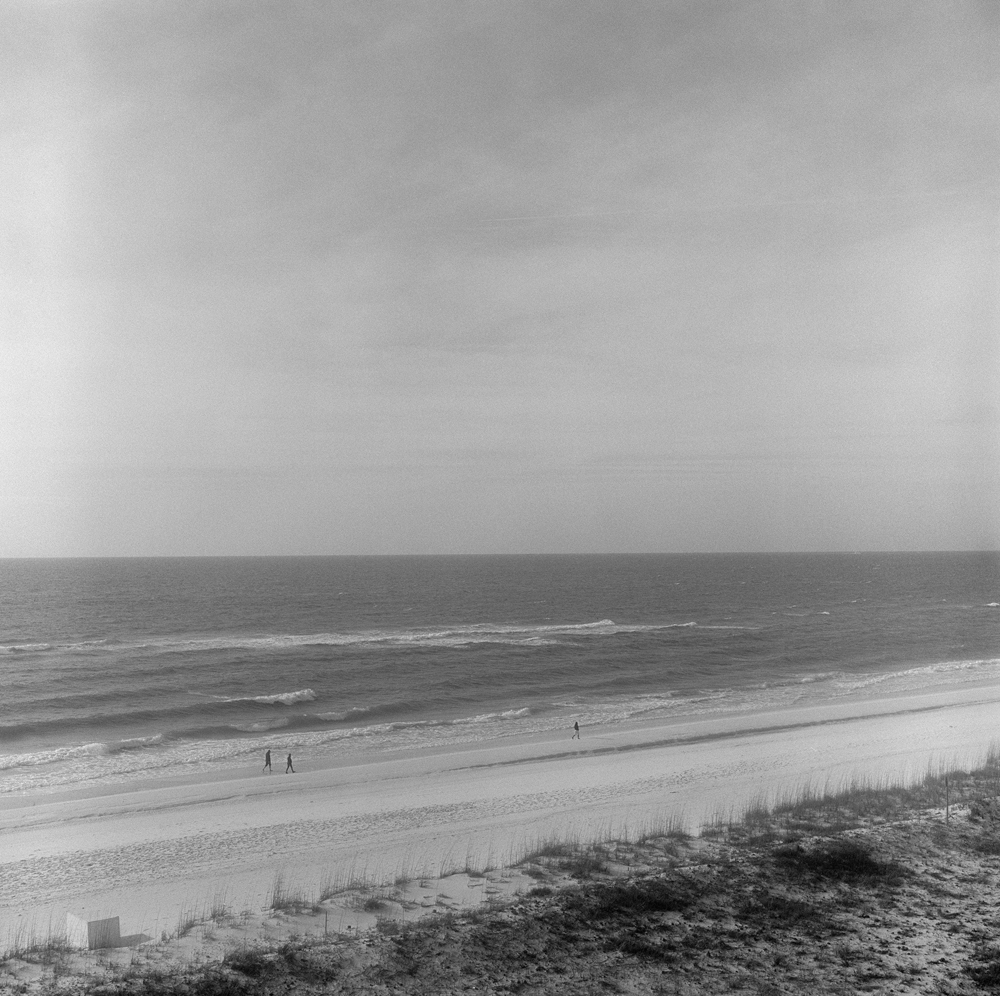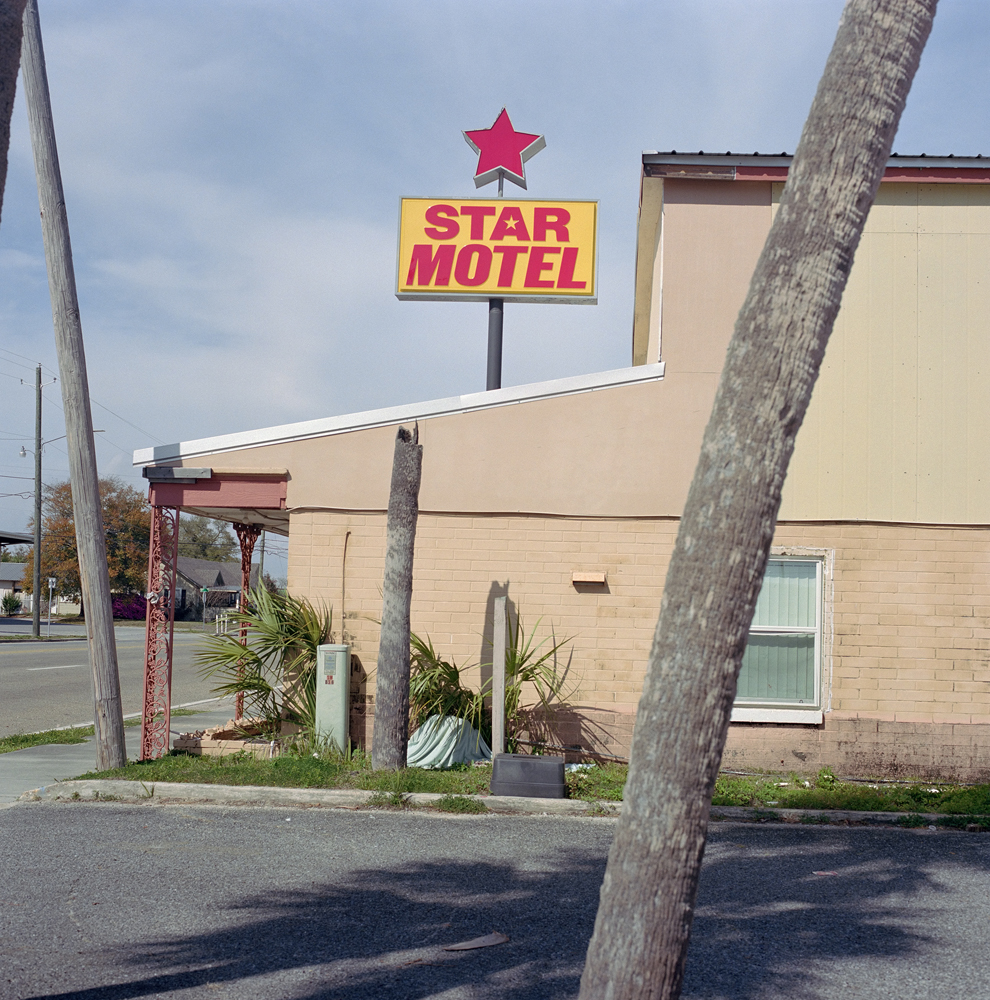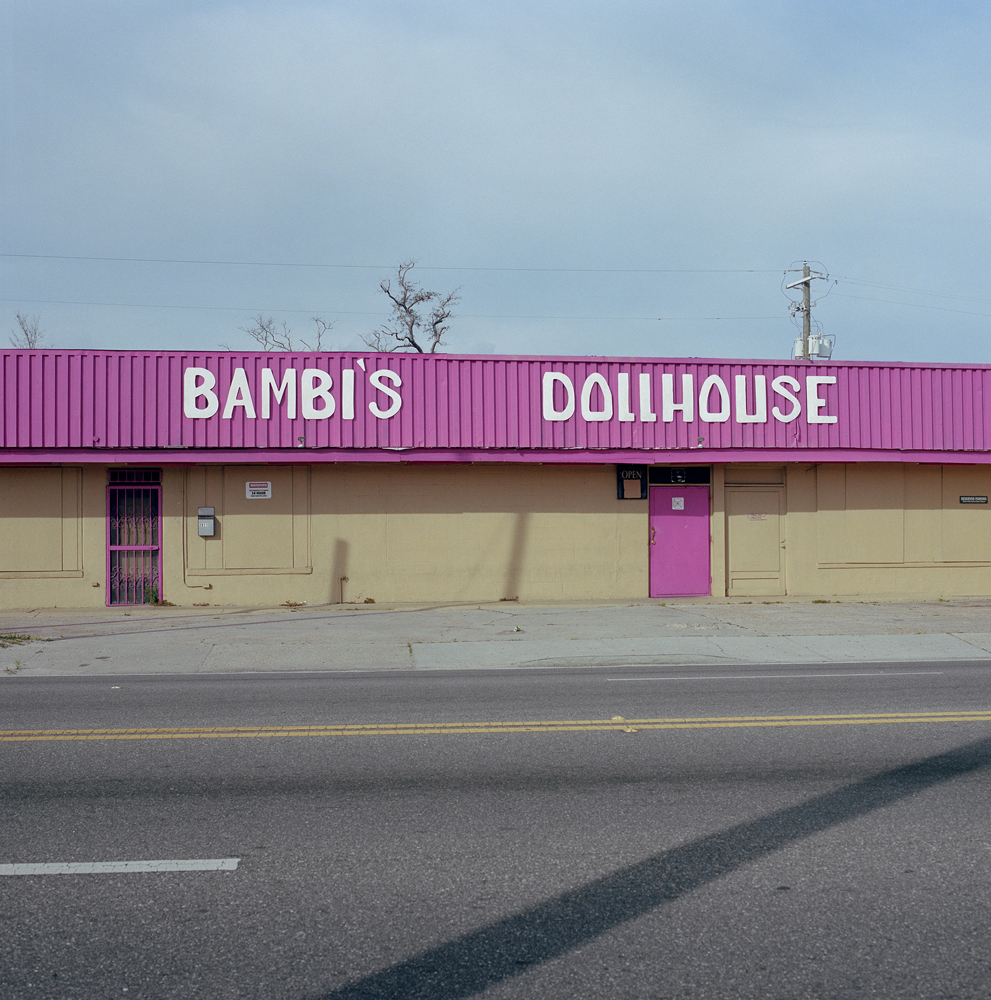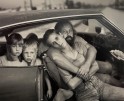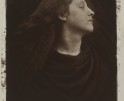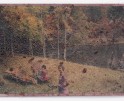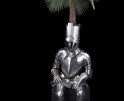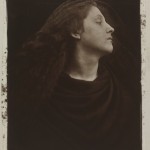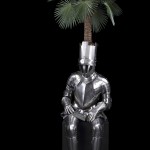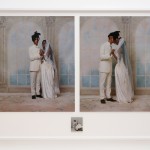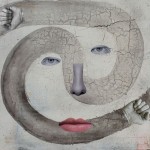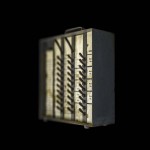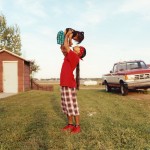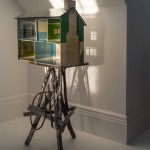Richard McCabe: Perdido
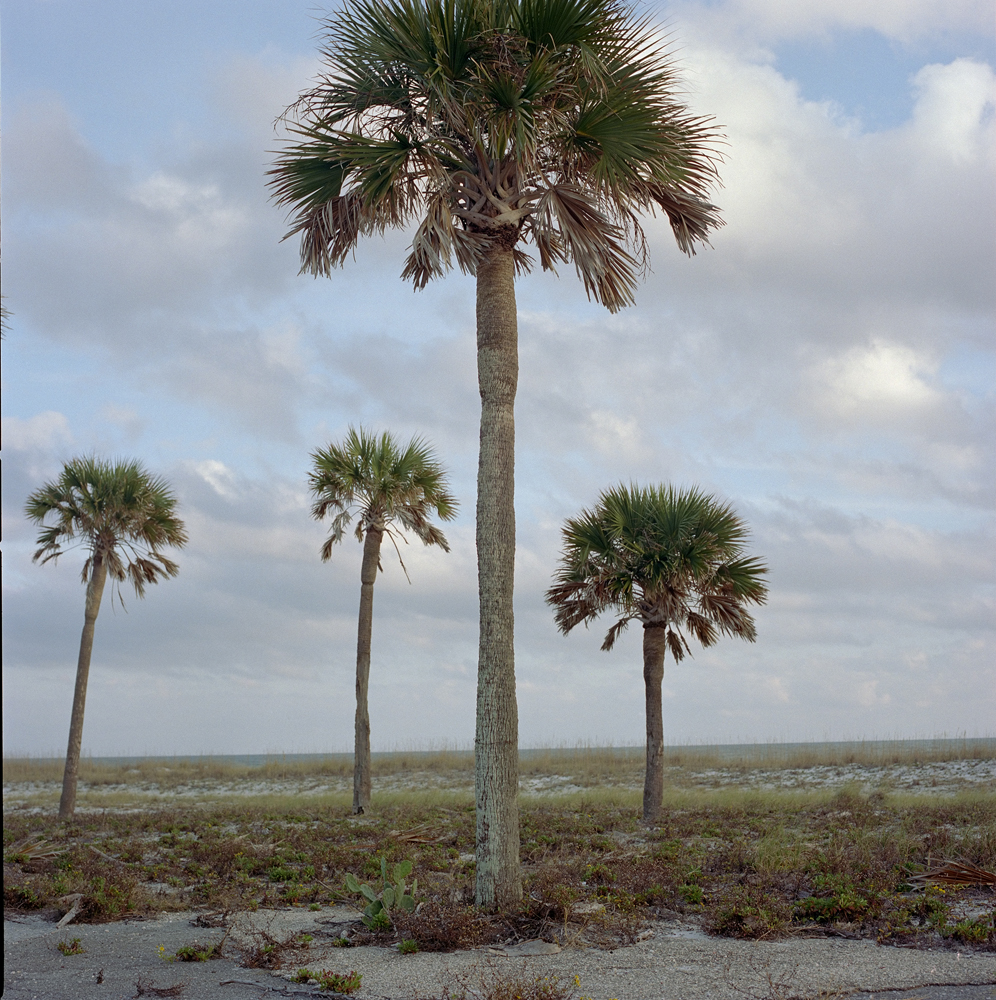
©Richard McCabe, Perdido – photographs/paintings/light box images, Former site of the Five Flags Inn, Pensacola Beach, FL., Pigment Print, 2019
So many individuals in our community wear multiple hats–as curators, editors, and publishers, whicle continuing to build their own photographic practices. Today we feature an exhibition by New Orleans based photographer and the Curator of Photography at the Ogden Museum of Southern Art, Richard McCabe. In November, McCabe opened the exhibition, Perdido: Work by Richard McCabe at the Pensacola Museum of Art that will run through January 20th, 2024. On Friday, January 19th from 5:00 – 7:00pm there will be a closing event and at 6:00pm, McCabe will be giving an artist talk on his work and creative process.
McCabe speaks about the work:
Perdido is a meditation on place, time and memory. In the fall of 2019, I began making a new series of photographs in the Florida Panhandle. At the same time, my connection to the region through my mother and family was beginning to slip away. Bittersweet feelings of sentimentality for the past and a longing for stability in the present guided my search for solace within art.
The title of the exhibition, Perdido is taken from the Spanish and Portuguese word for “lost.” Perdido is also a homage to Perdido Bay and Key, located to the west of Pensacola. A sense of loss, grief and a life in transition inspired the creation of the work for this exhibition. Through photographs, lo-fi projections, found-objects and paintings, Perdido explores my changing relationship with Florida’s Gulf Coast.
Today, Nicholas Croghan, Director of the Pensacola Museum of Art, University of West Florida is in conversation with Richard McCabe on his exhibition, Perdido.
Nicholas Croghan: Hey, thanks for taking some time to talk about your art and what’s currently going on in the life of Richard McCabe. We’ve had a lot of positive responses to your exhibition –Perdido at The Pensacola Museum of Art and I’m excited to dig into your process, influences, and some of the underlying themes of the exhibition.
In some ways this exhibition is a bit of a homecoming, could you tell us a little more about your inspiration for this body of work?
Richard McCabe: Yes, it is a return to photographing the region where I grew up and went to high school, junior college – the place that formed who I am today. I have not lived on Florida’s Gulf Coast since 1996, but have maintained familiar ties to the region. In the fall of 2019, I began making the work that would become Perdido. My main connection to the region through my mother was coming to an end and I began thinking about time and place and how this part of the Florida panhandle had shaped my being. Perdido has become my most concentrated body-of-work on a singular place. I think living in New Orleans 3 ½ hours away and the distance that provides helps in my seeing the place more objectively and clearly. I have a real love/hate relationship with the region – I love the natural beauty, friends, family and sweet memories. At the same time, I’m disheartened by what is happening to the environment, politics, and economics.
NC: The Perdido exhibition not only includes photography but you also work with painting, found-objects, and installation in the form of slide and overhead projections – what made you want to take such an interdisciplinary approach to this exhibition?
RM: All the work in various media relates to one another on a formal and conceptual level. In the end, Perdido is a culmination of my studio practice over the last 4 years. At the core of the exhibition is straight photography – documentary-style images made with film cameras. These images revolve mainly around architecture and the landscape. I focused on contemporary architecture in opposition to decaying old Florida vernacular architecture. From there I began deconstructing and manipulating the straight images though abstraction, collage and lo-fi projections. There are 3 distinct sub-series within the Perdido exhibition: Perdido, straight photographs – pigment prints, Polaroid prints, 35mm slide projections/overhead projections and light boxes made with Ortho-litho Film. Color Studies: Multiple Fuji Instax color prints collaged into grids. Variations on a Theme: Small abstract, hard edge, geometric paintings. The Perdido, traditional analogue photographs were made in the field and feature mainly images of the built environment from Panama City, Florida, the place of my first memories – playing on the beach as a child. Pensacola, where I went to High School and the near-by beach, site of many coming-of-age memories and Perdido Key, a beach community on the Alabama-Florida Line. Architecture is used as the signifier for old and new Florida as well as an economic indicator reflecting the explosive growth and new money manifested by images made on the beach that reflect the tourist based economy in the form of Condos, new construction ect… In opposition to recent architecture are images of vernacular architecture, which sometimes take the form of kitsch. This vernacular architecture signifies the other side of Paradise, economic collapse, the effects of methamphetamine and poverty. The first pictures were made in the fall of 2019. I began thinking of how my life was about to change forever as my mother, the center of my universe was dying. I knew my relationship to my family and place was never going to be the same. I started photographing power centers of memory in my life such as the – Former Site of the Five Flags Inn, Pensacola Beach. The Polaroid photographs focus mainly on the new wealth of the region, pictured by Condos on Perdido Key, a place that I remember as being completely desolate a few decades ago. Since I live away from the region I am photographing, my studio practice revolved around making photographs and paintings that I could do in-house or in the studio. Photographs and paintings that did not involve chasing light in the real world 200 miles down the road. The Color Studies – are abstract works made from memory. With this series I use a Fuji Instax instant camera to photograph colors off a TV screen. The multiple instax prints are then constructed to metaphorically represent among other things – the waters of the Gulf of Mexico, a sunset, and crosses that my mother hung in her kitchen. The Variations on a Theme paintings – relate to the Color Studies photographs and the Perdido architectural photographs. With these small paintings, I tried to break down the imagery into simple basic forms, shapes and colors.
I love the way William Christenberry uses photography, painting, drawing and sculpture in his studio practice. Each individual medium compliments the other and together forms a holistic approach to art making. The Perdido projections are basically my wanting to create an installation-like atmosphere with photographs. The projections are a way to both construct new imagery from the original straight photographs but also deconstruct the original photographs into something new. I love the simplicity and power of using forgotten or antiquated A/V equipment – slide and overhead projectors to make art. Make-do art as I call it, making art with the simplest of material. No preciousness here. Another reason I love Vernacular or Folk Art so much.
NC: You have described the Perdido series as a “Dystopian Paradise” can you explain what you mean by a “Dystopian Paradise?”
RM: Paradise lost or the paradoxical nature of a region. Florida’s Gulf Coast, a beautiful idyllic place that is being plowed under by humankind’s greed. Unbelievable wealth mainly coming in from out-of-town or out-of-state and the common local person, who in many cases has lived in the area for generations whose personal wealth has actually diminished over the last 40 years. Dystopian Paradise refers to the myth of Florida as being an earthly paradise – Fountain of Youth, Mermaids, Vacationland, and at the same time a place to make a quick buck. The myth of Florida is the state’s demise. Selling of ones soul to tourism, fast money and developers who are destroying the fragile balance of nature through seemingly unregulated growth. This is not a new story.

Perdido exhibition, (Detail Dyptic – Christmas Morning 2019 photographs) Pensacola Museum of Art, 2023
NC: Previously, I’ve heard you mention something to the effect that great art can communicate before it is fully understood. For you, what makes photography unique or different from other art forms in realizing this potential? Do you have a personal philosophy that guides your approach to photography?
RM: Art must first communicate with the viewer through aesthetics. – Visual interest, formal elements of the work that hopefully will lead the viewer to further exploration into the work’s meaning. I am drawn to art that is open-ended, metaphorical and poetic. Art that does not provide all the answers to those experiencing the work of art and requires the viewer to fill in the blanks as to meaning and concept – through this interaction the viewer becomes more actively engaged with the artwork. I don’t know if photography is unique or different in respects to other art forms as far as communicating before a thought, idea, or concept is completely understood. As far as a personal philosophy, I subscribe to Sally Mann’s mantra to “Photograph what you love.” By doing that your love will come through in the work.
NC: What were your influences in making the work for Perdido?
RM: The main influence was what was going on in my life. The past 4 years – A period of loss, sadness, and confusion – trying to make sense of my life through art. Another big influence was reading Karl A. Bickel’s book The Mangrove Coast. The atmosphere and aesthetics of two movies: Ruby in Paradise, Directed by Victor Nuñiz and Stranger than Paradise, Directed by Jim Jarmusch. I realized after making the work for Perdido the strong influence of three prominent photography professors at Florida State University and University of Florida, who influenced a generation of photography students from the 1960s-2000s. Their work played a large part in my practice of deconstructing the photographic process. Robert Fichter, who I studied with at Florida State as well as Jerry Uelsmann and Evon Streetman from the University of Florida. The mythology of Florida is key component in all their art.
NC: Historically, what artist(s) would you most like to enjoy a beer with or spend an afternoon getting into and out of trouble?
RM: James Turrell and Dan Flavin, drinking beer and talking about art and light as the sun is setting over the high desert of the American West.
NC: Continuing with hypotheticals, if you could go back in time, what would you tell yourself as a young artist shooting portraits of your friends in high school?
RM: I would tell my younger self to look at and study the photographs of William Eggleston and William Christenberry. To realize that rich subject matter is all around. To see beyond the ordinary, and to be more serious about making art all the time.
NC: What does a typical day in the studio look like for you?
RM: Right now my studio consists of a 6 foot folding table in the back room of my shotgun house in New Orleans. It is there that I made the Color Studies – Instax grids and the Variations on a Theme paintings. I go into the studio with an open mind – usually I’ll have a rough sketch of what I want to do. A form I want the paintings or color grids to take based on shape, color, repetition – elements of design and then go from there. Allot of the time I’ll see something a color combination or a hand-painted sign in my day-to-day and I’ll make a phone photo and work from that as a kind of thumbnail sketch. Because of space I’m usually working on a few paintings at a time or working on the Color Studies – never at the same time – going back and forth.
NC: What are you reading these days?
RM: I just finished Karl A. Bickel’s The Mangrove Coast. Huge influence on how I formulated the Perdido series. Bickel was a big-time newspaper writer who moved to Sarasota, Florida in 1935. He wanted to promote the west coast of Florida through tourism and the arts. So he wrote one of the first histories of Florida. The book was published in 1941. Bickel brought down Walker Evans to make the photographs for the book. What I like about Evans’ photographs is they didn’t really jive with Bickel’s text. After the 1st edition sold out, Bickel removed Evans photographs from the book and replaced them with illustrations. Evans was not interested in making landscape photographs which would of more fully complimented Bickel’s text, instead Evans made allot of pictures of circus wagons, trailer parks and old folks on park benches in Tampa. I think my Perdido photographs work kind of the same way in that they don’t really reflect what one would think of as representative of the Gulf Coast. The photographs are melancholy pictures of a supposedly happy place. Lots of sad palm trees and deadpan shots of banal architecture – not the bright happy place in travel commercials on TV.
NC: How about music, I know how important this art form is for you. What’s currently on your playlist and is there an album that is always ready to be cued up – one that you feel is perfect from start to finish? Anything you’d recommend that gets the vibe going for you in the studio?
RM: I love, love Sirius XM radio. My favorite channels are The Beatles Channel, Tom Petty Radio, Deep Tracks, Classic Rewind, Little Steven’s Underground Garage, 1st Wave. XM radio is how I wish the radio stations were like growing up in the South in the 1970s-80s. When I’m in the darkroom any of Brian Eno’s ambient albums start to finish always work. I’m looking forward to buying myself the new Peter Gabriel album for Christmas – heard it is great. The album that defines growing up on the Gulf Coast to me is The Who – Quadrophenia – even though Quadrophenia is more appropriate to 1960s Brighton Beach, England with the Mods and Rockers. Quadrophenia is the album I always sing to myself when I’m looking out over the white sand of the beach to the Gulf of Mexico. Also, I titled one of the Ortho-litho light boxes in the exhibition – Sprawl II, after the Arcade Fire song.
Thanks again for unpacking some of your influences, ideas, and inspiration. I’ve always been intrigued by your curiosity, passion, and the commitment you have to your craft. I highly encourage people to make it over to Pensacola to see these concepts articulated visually, hear the buzz of the slide projectors, and enjoy the atmospheric glow of your work.
Perdido will be on view at the Pensacola Museum of Art from November 3, 2023 to January 20, 2024. A closing reception and artist talk with Richard McCabe will take place on January 19, 2024. The reception is open to the public and the talk will begin at 6 p.m. – Nicholas Croghan, Director, Pensacola Museum of Art, University of West Florida
Richard McCabe is a curator, artist and writer based in New Orleans. He was born in England and grew up in the American South. In 1998, he received an MFA in Studio Art from Florida State University. He has served as the Curator of Photography at the Ogden Museum of Southern Art since 2012. Since that time he has curated over 35 exhibitions including – New Southern Photography, Memory is a Strange Bell: The Art of William Christenberry and Self:Processing: Instant Photography.
Richard McCabe’s photographs have been included in gallery and museum exhibitions throughout the United States. In November 2023, McCabe’s solo exhibition PERDIDO opened at the Pensacola Museum of Art. Currently his work is also featured in the RECKONINGS AND RECONSTRUCTIONS: Southern Photography from the Do Good Fund Collection exhibition that opens at the Lowe Art Museum, University of Miami in January 2024.
Instagram @rich_mccabe
Instagram @ogdenmuseum
Nicholas Croghan is a mixed-media artist focused on contributing to drawing in the expanded field. He uses metalpoint as the primary medium to record observations and investigate the intricate details of mechanical systems, architecture, and landscapes. In 2012, Croghan moved from the Rocky Mountains to the Gulf Coast to teach museum studies and fine art classes in the Department of Art and Design at the University of West Florida. He has been the Director and Chief Curator of the Pensacola Museum of Art since 2019.
Instagram @nicholas_croghan
Instagram @Pensacolamuseum
Posts on Lenscratch may not be reproduced without the permission of the Lenscratch staff and the photographer.
Recommended
-
LES RENCONTRES d’ARLES 2024: A VISUAL FEASTJuly 14th, 2024
-
Arresting Beauty: Julia Margaret CameronJuly 5th, 2024
-
Lorraine O’Grady: The Knight, or Lancela Palm-and-SteelJune 23rd, 2024
-
Tyler Mitchell: Idyllic SpaceJune 21st, 2024

